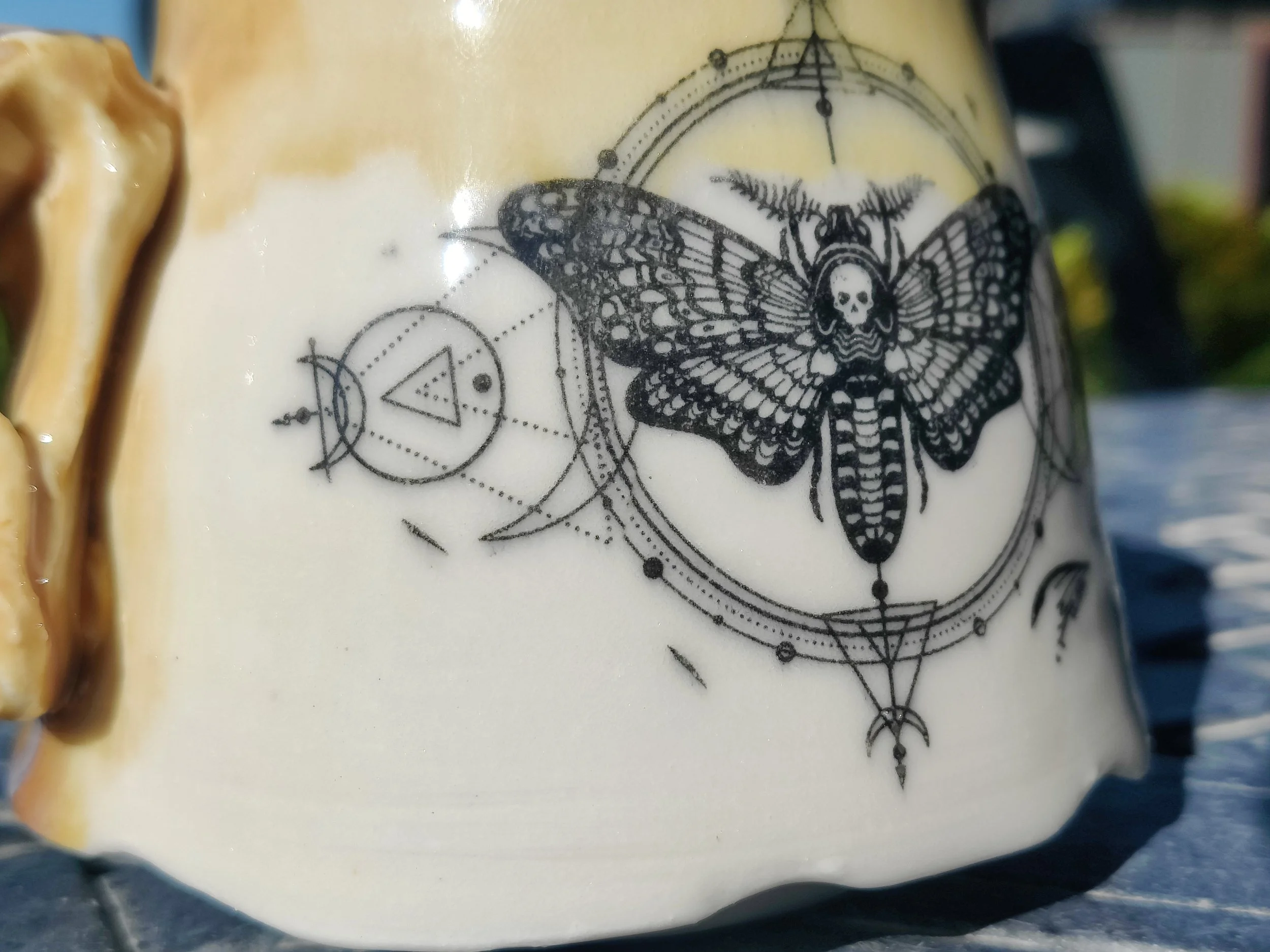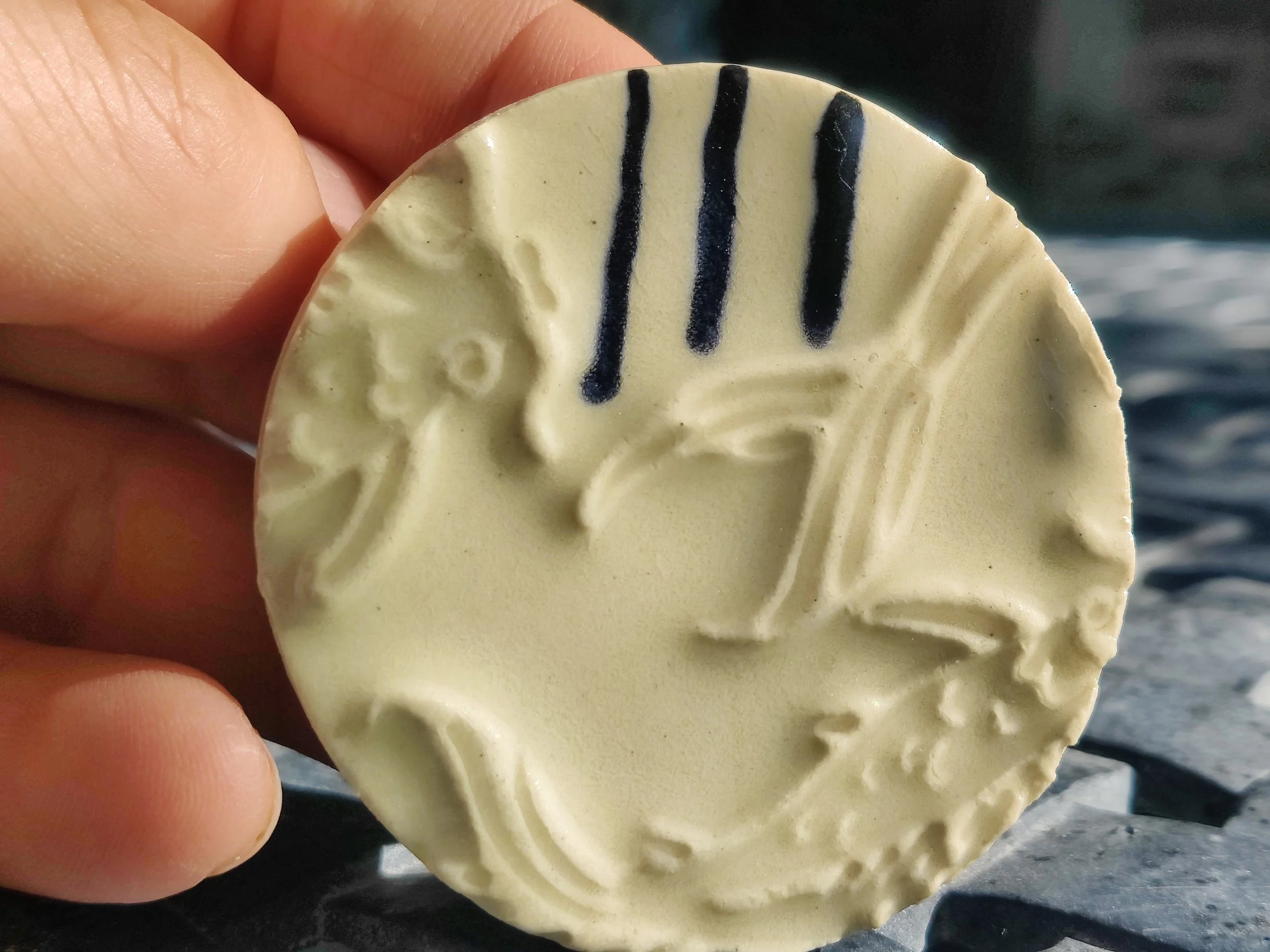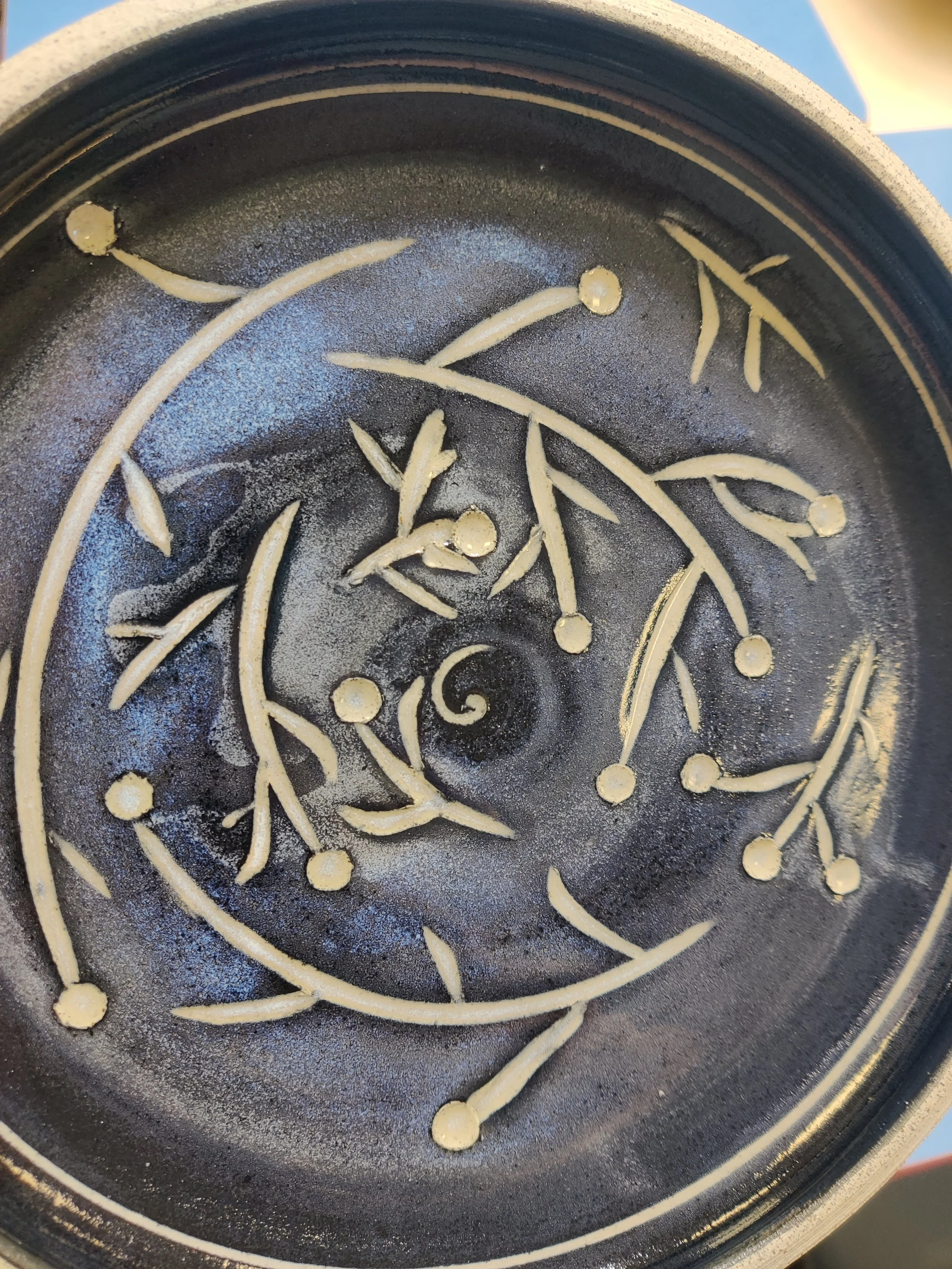A good clear glaze for cone 5/6 oxidation. (Recipe + test examples included)
One of the most difficult things in ceramics for newer ceramics artists to figure out is how to get good clarity for their work, especially if they are using the clay as a canvas. Beautiful works of art ruined by the opacity of a glaze or the thermal expansion of your clay does not match (causing crazing). Finding a clear glaze that has either the right clarity or does not craze on your clay can be an irritating venture for many people looking to drawn an image or even use under glaze transfers, only to see only 1/4th of the image because it won’t jive well with the glaze. This is even more frustrating with porcelains as they often have a different thermal expansion rate. If you have a clear that works on a stoneware sculpture, will I work on your porcelain? Only testing will tell.
Luckily for us, Digital fire (AKA Tony Hansen) has given us an amazing recipe that seems to be able to handle this problem. My class loves it on a good amount of clay bodies we use such as IMCO porcelain, B-mix with grog, B-mix, Half and Half, ECT. But of course I wouldn't just say that. I would at least show you some of my tests, right? Of course. First let’s get what people want out of the way; The cone 5/6 ox recipe.
I want to make something clear (lol) here. This is not my recipe. This recipe was developed by Tony Hansen, I got it from Digital fire, it’s just been working really well for me. I can no longer find the recipe as Digital fire is such a deep website. But I want to make sure credit is given.
The glazy UMF and extended UMF.
Below is a gambit of pictures with this recipe on different clay bodies and underglazes to show how it works.
For the glaze heads I suggest: 1.3 - 1.4 Specific gravity, 2-3 second dip, and about 0.3 CMC gum to the dry ingredients before mixing if you are trying to make it brushable.
Transfer test:
Digital fire clear cone 6 ox with an Elan transfer (applied in the greenware phase) 2 coats brushed on in the bisque phase. Fired to cone 6 ox.
The tan glaze on top is coastal blue from Clayscapes.
This is how it looked in the bisque right after I glazed it. You can’t even see the image.
Undergalze test:
D
igital fire clear cone 6 ox on frost porcelain. On the right, a fish that has black underglaze applied and whipped off. 2 coats brushed on in the bisque phase. Fired to cone 6 ox.
The three lines, rom left to right are:
1, 2, and 3 coat of underglaze brushed on before applying the clear glaze.
Glaze Writing test:
Digital fire clear cone 6 ox on frost porcelain.2 coats brushed on in the bisque phase. Fired to cone 6 ox.
From let to right:
1,2, and 3 coats applied with a laze pin tool.
The test tiles before applying the clear glaze.
Digital fire clear cone 6 ox with black under glaze applied in the greenware phase.
This one was interesting because it was the only test where I did sgrafito and just poured the glaze in. No brushing. It seems the laze will turn a little more opaque when applied to thick. Somewhere around 4 - 5 layers it will start to get cloudy.
A picture of the plate before being fired.
Be warned. If the S.g or application is too thick it will turn cloudy.
This is a porcelain bowl with mocha diffusion applied to it. Then a coat of this clear. I double dipped the top. See it? see the cloudy part where i double dipped?
This is a second bowl with the same technique. The double dip at the top is very obvious. You can see the line where I doubled up.
Final note on this, I have no tested this on every clay body yet. Because crazing is a result of the thermal expansion difference between the clay and the glaze is definitely needs to be tested on the clay body of your choice before making it a functional liner glaze for yourself.











